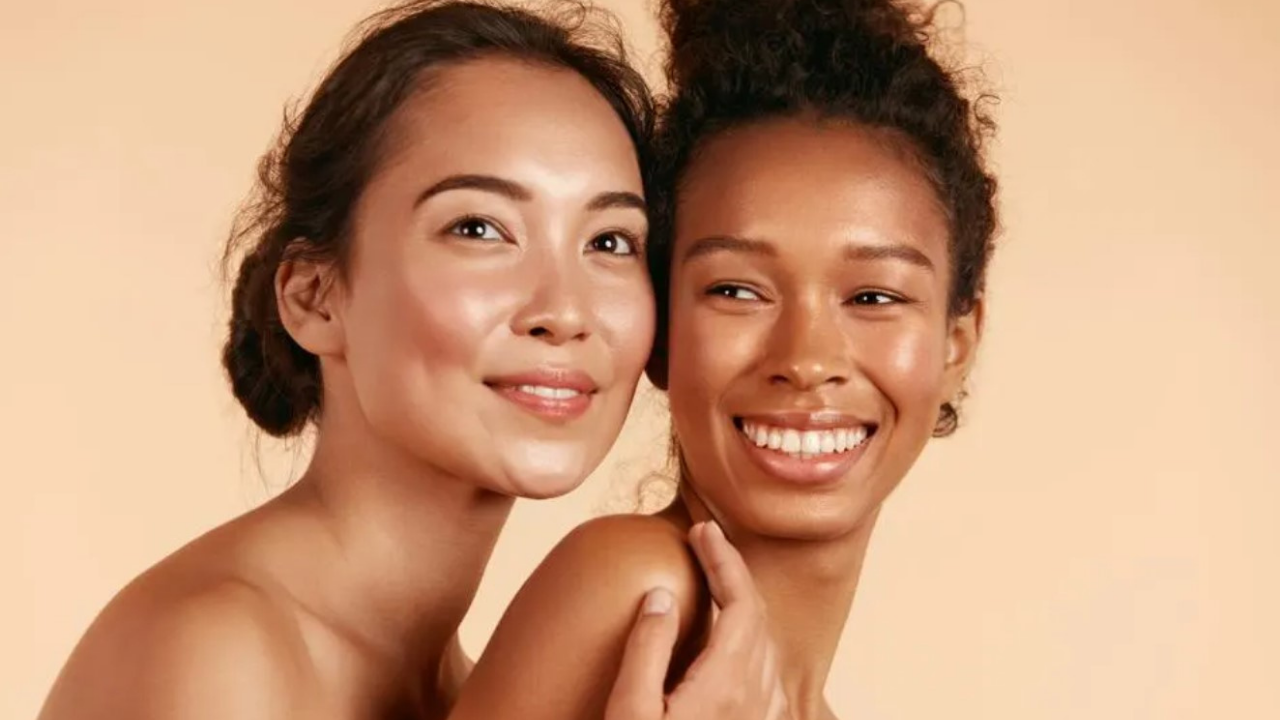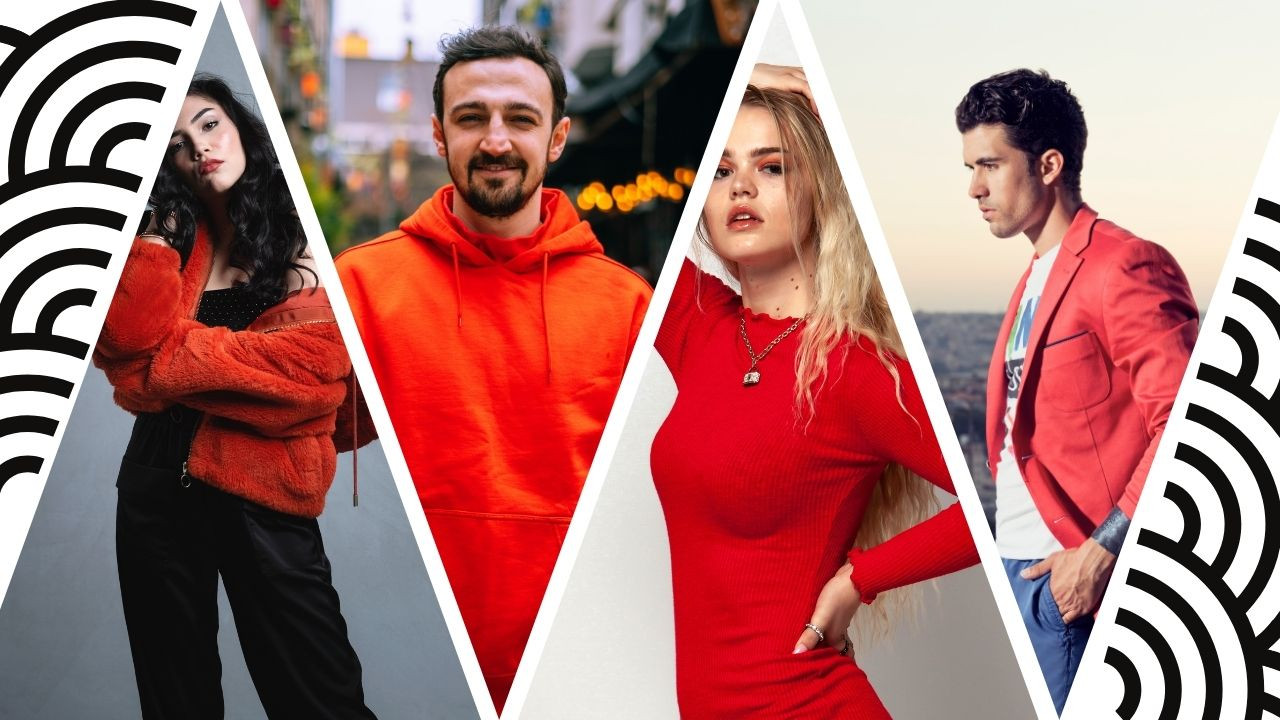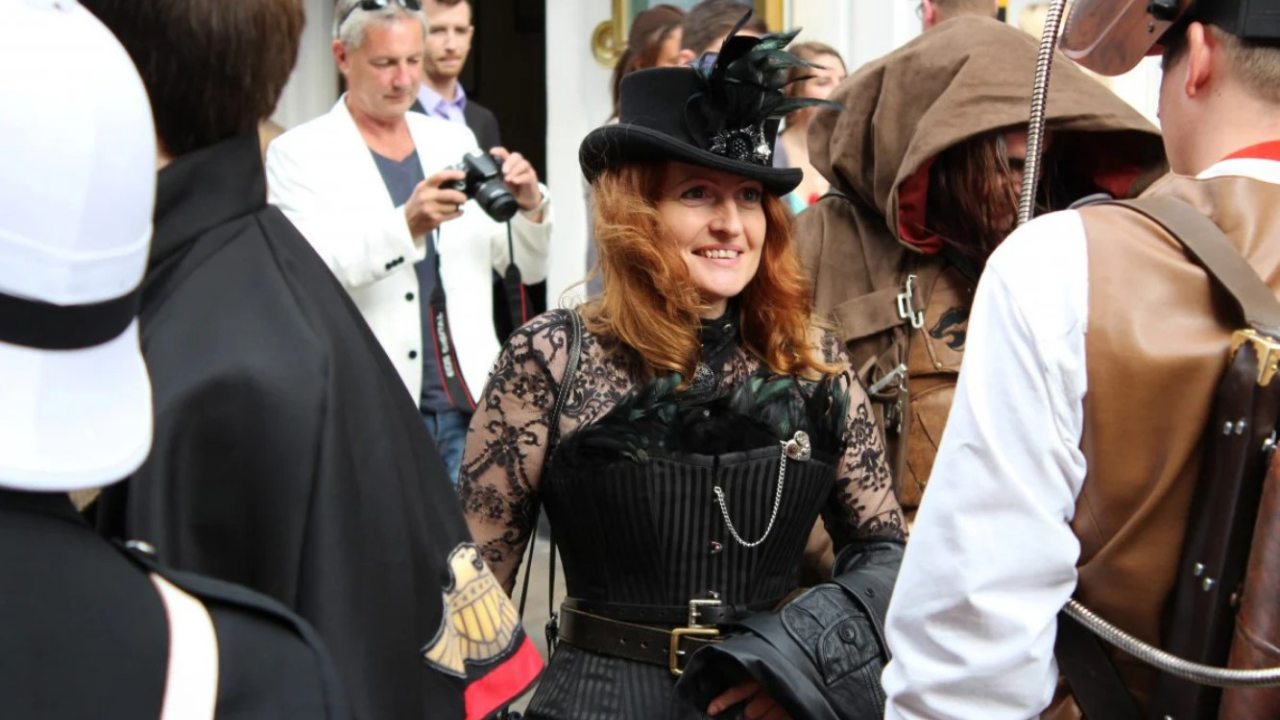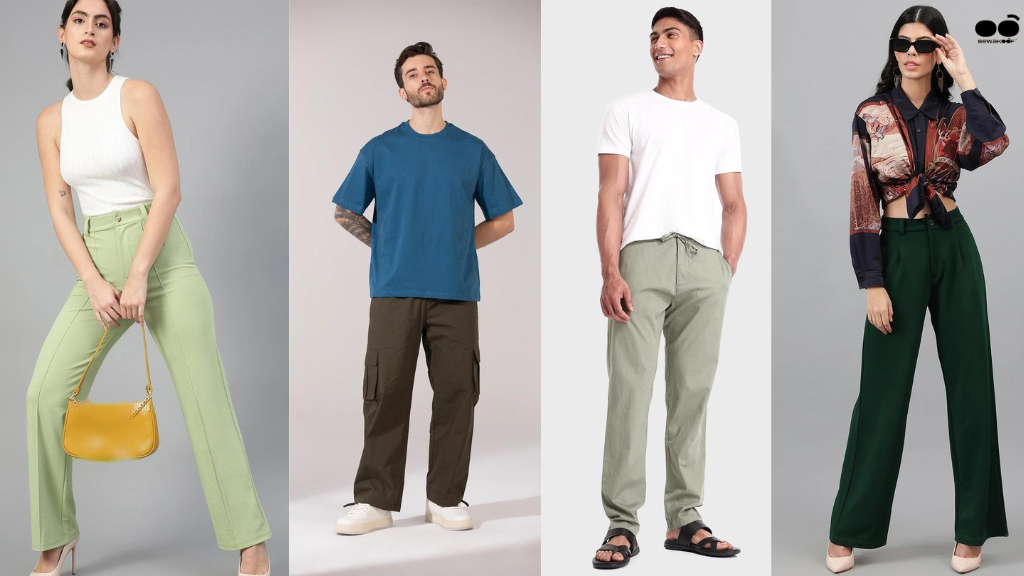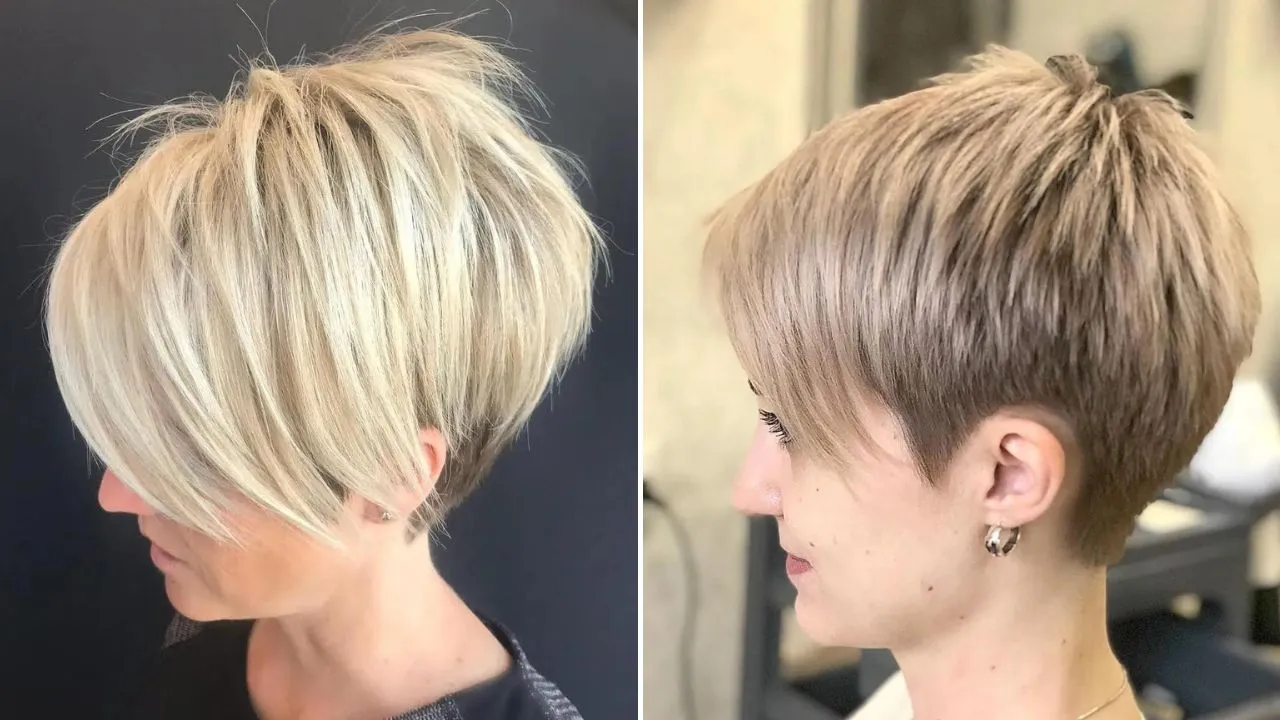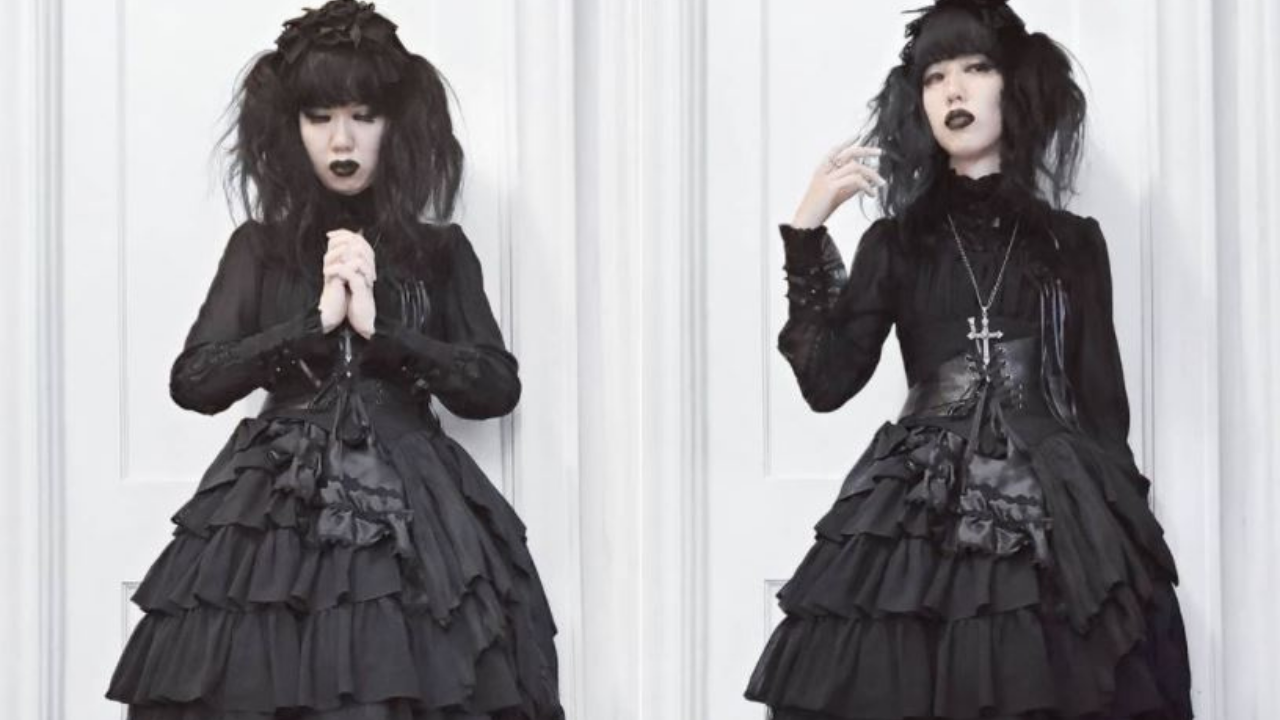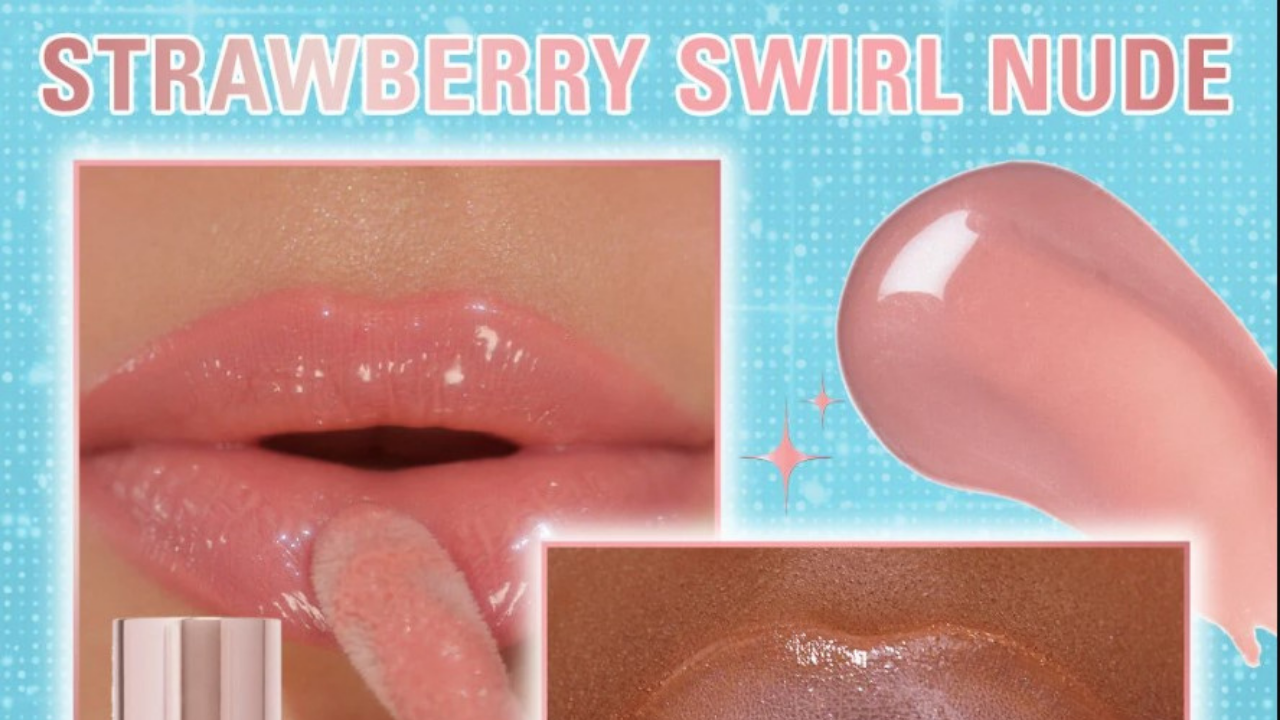For years, the beauty industry told us perfection was the goal. Smooth skin without a mark, hair perfectly styled, and makeup layered to hide every so-called flaw. But something has shifted. More and more, people are rejecting the polished ideal and embracing what was once called “messy.” Unbrushed hair, freckles on display, uneven skin tones, and even blemishes are becoming part of the new beauty language. It isn’t laziness, it’s liberation.
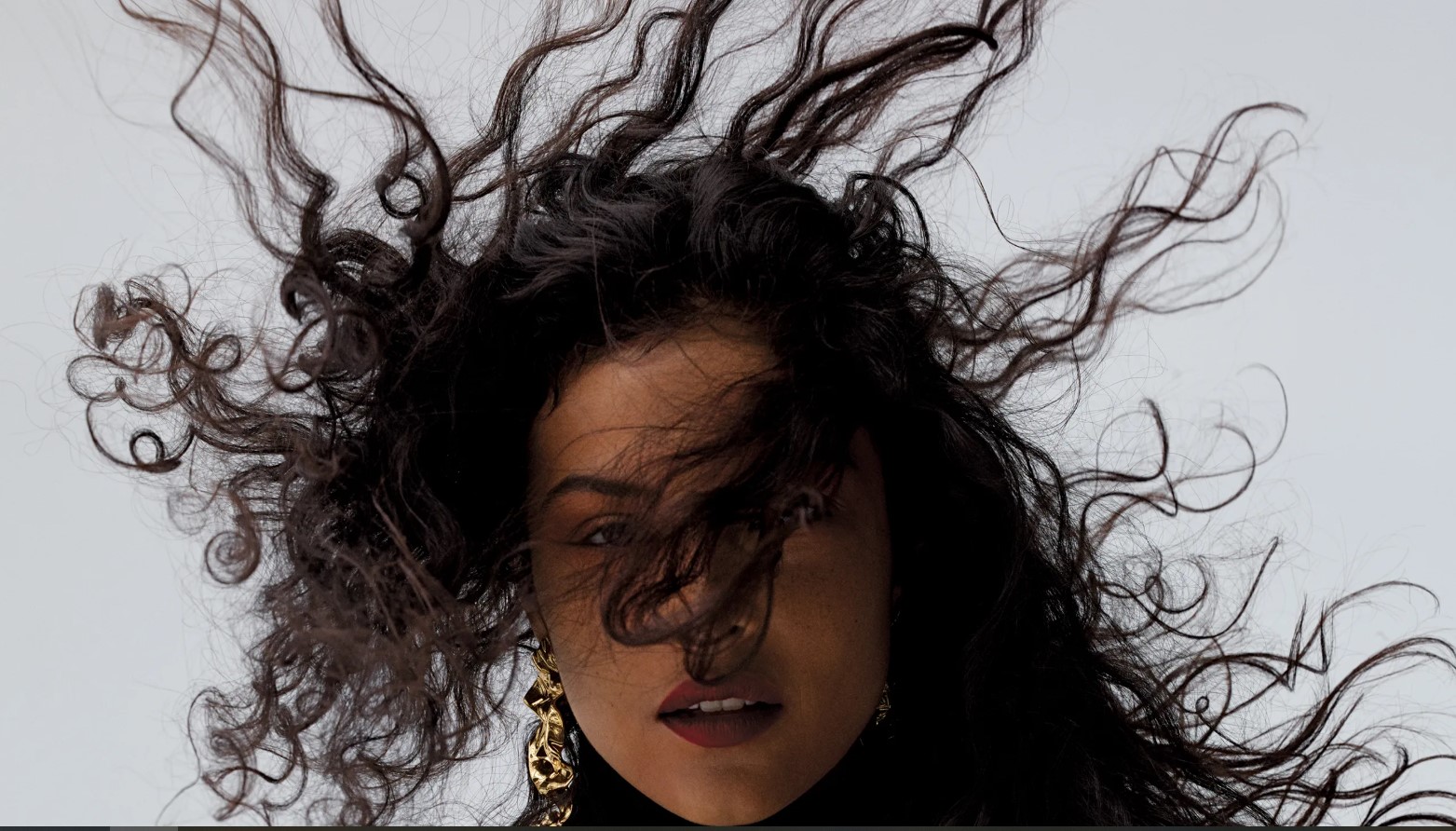
The Backlash Against Perfection
Perfection has always been a moving target, especially in the age of filters and editing apps. What started as aspirational quickly turned toxic. Surveys from mental health organizations show that constant exposure to flawless images increases anxiety and self-criticism, particularly among younger audiences. According to a report by the Dove Self-Esteem Project, 8 out of 10 girls avoid certain activities because they feel insecure about how they look. That staggering number reveals a problem rooted not in self-care but in unrealistic expectations.
The unpolished beauty movement emerged as a quiet rebellion against this cycle. It isn’t about throwing away all makeup or skincare’s about stepping off the treadmill of unattainable perfection.
Messy Hair
There was a time when leaving the house with bed hair would be seen as careless. Now, it’s a style in itself. Runways and fashion campaigns increasingly feature models with undone textures, loose flyaways, or natural curls left unpressed. The “effortless” look used to require just as much effort as any hairstyle, but now the idea has softened, effortless actually means less effort.

This doesn’t mean personal grooming is irrelevant. It means that hair, like personality, doesn’t need to be in perfect order to be beautiful. Messy hair reflects movement, energy, and a life that isn’t paused just to fix split ends.
Real Skin, Real Confidence
Skin has become the central stage for this cultural shift. For years, foundation and concealer were sold as necessities. Today, “skinimalism” is replacing multi-step routines with fewer products that highlight rather than hide. Dermatology studies back this up. Simpler routines often lead to healthier skin, reducing irritation and product overload.
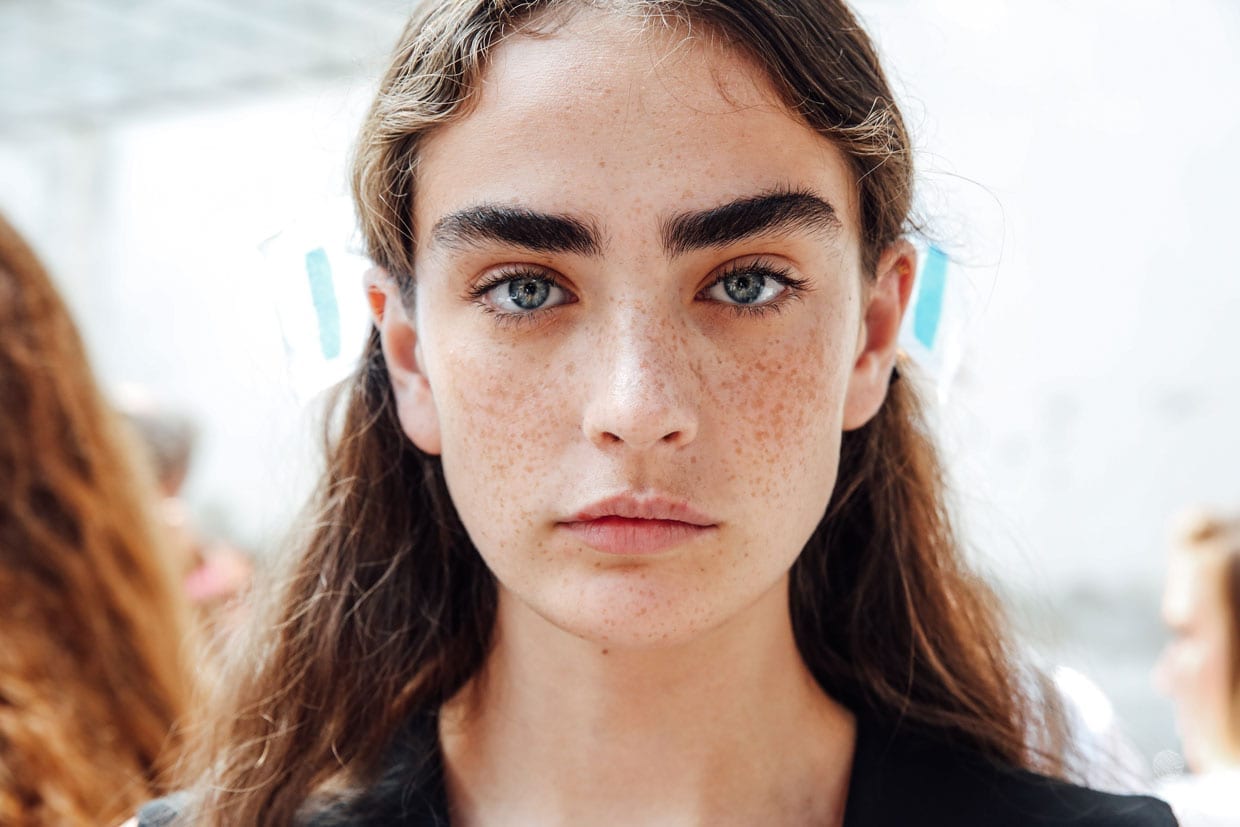
On social media, unedited selfies showing pores, scars, or acne are gaining traction. Influencers who openly post “before and after” shots without filters are getting as much engagement as those who maintain the flawless façade. In fact, authenticity often wins. According to a recent survey by Glossy, over 60% of Gen Z consumers trust brands more when they show real skin in advertising.
Why the Shift Matters
This movement is not just about aesthetics, it’s about mental health and identity. Constantly striving for polish is exhausting. By embracing the raw and unfiltered, people are finding relief and empowerment. It’s also a reflection of broader cultural currents: sustainability, minimalism, and the rejection of over-consumption.
Choosing to show messy hair or bare skin doesn’t mean ignoring beauty. It means expanding the definition of it. Beauty can be alive, imperfect, and personal.
A Future Beyond Filters
Of course, filters and polish won’t disappear. They will still have a place in art, fashion, and fun. But the growing acceptance of the “unpolished” suggests that the pendulum is swinging toward balance. People are learning to switch between versions of themselves, sometimes polished, sometimes undone, without shame.
The rise of messy hair and real skin is more than a trend. It’s a cultural correction. It’s a reminder that beauty isn’t a mask to wear but a language we write with our bodies every day.
